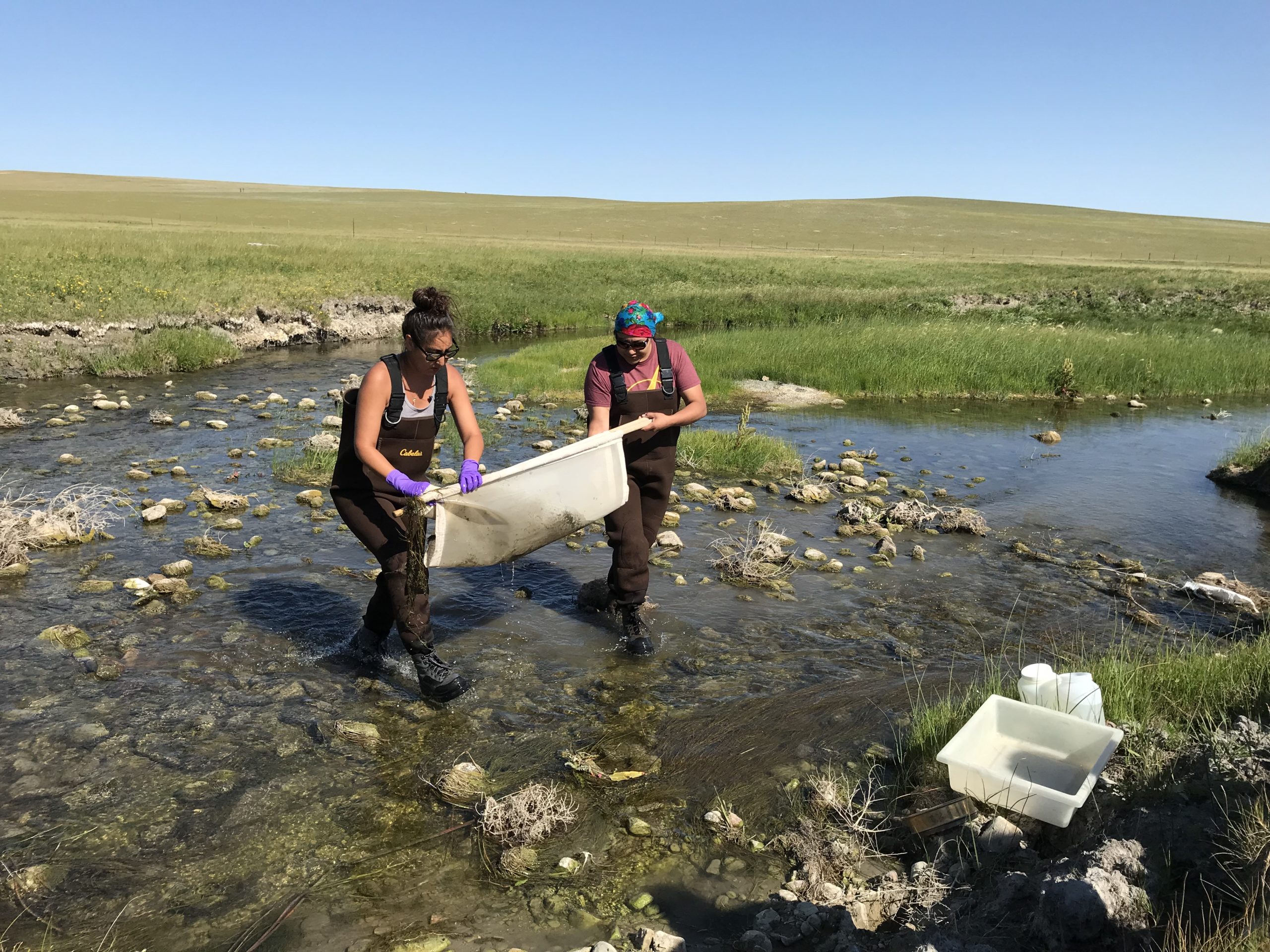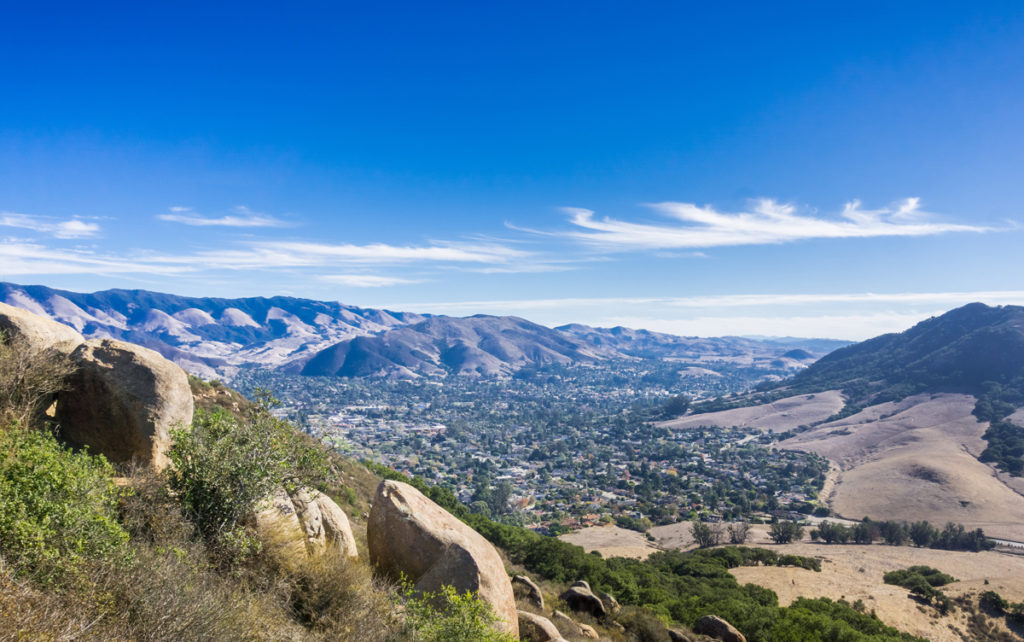Evidence of a changing climate can be seen in every community and every landscape. Across the globe, communities are experiencing more frequent and extreme weather events that include drought, intense wildfire seasons, air pollution, and flooding. Alarmingly, it has been estimated that even if worldwide human emissions were to halt overnight, the earth would still be feeling the effects of climate change for years to come. For this reason, communities are proactively preparing for the challenges ahead, and the Center is assisting some of them in this effort.
For example, beginning in 2018, the Blackfeet Nation implemented the Ksik Stakii Project, or Beaver Mimicry Project, which works to restore stream health and promote flood and drought resilience in an affordable, effective way. By mimicking the dam-building behavior of beavers, the project promotes natural water storage while simultaneously creating riparian vegetation, restoring wildlife habitat, and improving water quality. This is one example of an adaptive strategy, designed to combat the impacts of drought, that the Blackfeet Nation included in their Climate Change Adaptation Plan they released in 2018.
What are climate adaptation plans, and why are they important?

Climate adaptation planning is now an essential element of landscape-scale and other large-scale conservation efforts. Climate adaptation plans assess climate impacts and actively seek solutions. Well-crafted plans offer a holistic view of impacts on everything from human health to wildlife and waterways. Effective climate adaptation planning is achieved through an inclusive process that works within communities, governments, and institutions to form a collective vision for the future in the face of climate change.
Climate impacts are not just being felt in rural areas, but also in cities. Across the U.S. and Europe, cities like Chicago and Paris are combating the phenomena of “heat islands” and severe urban flooding. Heat Islands occur in urban areas that have vast spans of concrete and little airflow, resulting in temperatures that are up to 7 degrees Fahrenheit higher than normal. Urban flooding results because more rain runs off impermeable surfaces instead of infiltrating the ground. To solve these problems, cities are developing more green spaces and promoting green infrastructure. Examples includes the installation of green roofs, planting trees along streets and parks, and storm-water management plans to increase rainwater absorption.
Climate adaptation plans and building community resilience

We can no longer deal with climate issues as they come; we must be more proactive. As last year’s fires in the western U.S. and Australia, and last winter’s storms in Texas, demonstrate, the potential consequences of our changing climate are too great.
Climate adaptation planning is an instrumental step for building community readiness and resilience in an increasingly unpredictable world. By working across jurisdictions and stakeholders, we are able to comprehensively address concerns while building a partnership for action throughout the landscape. Key components of building resilient communities and large landscape conservation include adaptive management, nature-based solutions, long-term thinking, and dedicated collaboration efforts. By working on the large scale at which nature operates we can tackle challenges with a holistic approach, which recognizes that nature, community, and culture are interconnected.
In Montana, Tribal Nations are leading efforts in climate adaptation planning and building community resilience. For example, the Blackfeet Climate Change Adaptation Plan mentioned above provides a comprehensive review of climate science. This, combined with a community process of assessing impacts and sourcing solutions, can provide adaptation strategies that protect natural resources, community health, and Amskapi Piikani ways of life.
Similarly, the Séliš, Ql̓ispé, and Ksanka peoples of the Flathead Indian Reservation are currently updating their Climate Change Strategic Plan, working to center community needs and Indigenous ways of being in their adaptation strategies. The Fort Belknap Indian Community of north central Montana plans to release their first Climate Adaptation Plan later this year with a focus on building resilience to drought and extreme weather events and protecting access to first foods and medicines. The Center’s Community Resilience Program has been honored to support these Tribal Nations in the development and implementation of their climate adaptation plans within their communities and landscapes.



